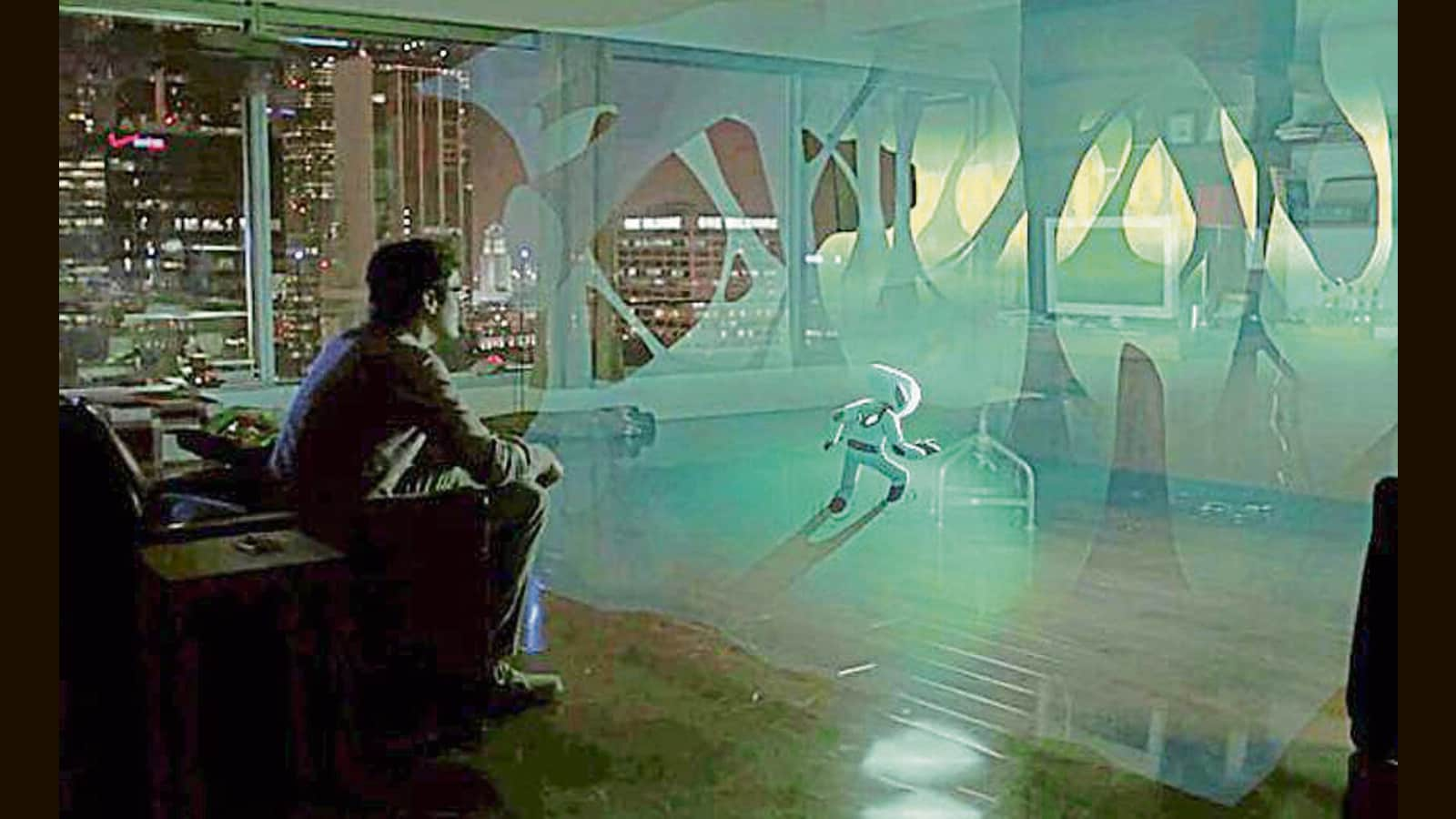[ad_1]
Just how people who write fiction exercise the “imagination muscle” is a question that has always intrigued me. It appears ridiculously tough. Friends familiar with the task tell me it’s hard work; something akin to leaping off a cliff.
What might it feel like to attempt it myself? I decided to try and find out. Despite spending a few months trying to craft something, nothing of consequence emerged. But there’s a short story that did begin to take shape on an inspired Sunday afternoon, when the heat wave was at its peak, and it is something I have grown to care about. Here’s an extract.
Rajesh is sitting alone on the dock, by himself. It is the end of the work week. He is smoking a cigarette and looks around. That’s when hears the sound of a small plane approaching.
He watches, as it descends, and finally lands. His dog Gabby follows him.
Rajesh walks to the plane, opens the door, and looks inside. There’s a leather bag, next to the body of the limp pilot at the cockpit. A voice in the head pushes him to rummage through it. And that’s when he stumbles across a photograph of Elena.
It’s a picture of her that he had taken, years ago, in Patna. He hands the bag to Gabby and walks home, leaving the half dead pilot to his fate.
They go up to the house. Gabby barks as Rajesh looks once again into the bag and retrieves a gun from it. He stares again at Elena’s photograph and smiles at Gabby. The dog whimpers. Rajesh puts the gun away.
I don’t know if this narrative has your attention, but I like it. It ought to intrigue you as well, because I didn’t even write it. All I did was provide some context to an AI algorithm. I told the program to set the tale on a hot Sunday afternoon. I chose some prompts (“weekend”, “no dialogue”, “current tense as style”). And a narrative that I couldn’t possibly have imagined started to emerge. Some minor tweaks included changing the names of the city and the people, and the extract was ready. You can try it yourself, on DeepStory.ai.
Would the artificial intelligence program that wrote this extract pass the Turing Test of whether or not it is capable of thinking like a human being? I believe it absolutely would. Because it is unlikely that a human evaluator would be able to mark the passage out as one generated by a computer.
We’re now at the point where DeepStory.ai isn’t even the most sophisticated language program around; not by a long shot. The most advanced such program today is GPT-3, launched by OpenAI in 2020. I’ve been tinkering with it and, quite frankly, the early outcomes are astonishing. Some users have also deployed it to co-author books. But even that is scraping just the tip of the iceberg.
AI programs are now sophisticated enough to collaborate with humans, “brainstorm” and come up with the kinds of creative solutions that ad agencies are currently contracted for. There are customer-care chatbots that answer real questions, firefight and address issues, and do it without sounding like chatbots. With AI programs elsewhere creating original art work (of a kind), the future probabilities are multiplying exponentially.
There is a school of thought beginning to feel chills about what this could mean for labour forces around the world. While I hear the merit in those concerns, I’d much rather we embrace this change than not have it at all. Why? Let me put it this way. The algorithms I’m tinkering with are being trained to understand the nuances of how I write. It won’t be too long before I can transfer an idea from my mind to them, along with some relevant data, and wait for the final output to be churned out in a voice that is unique to me. Which frees up my time to do much else in this one, short, precious life.
[ad_2]
Source link


It was great to spread out and we had room for my brother Tom who flew in from NY for 3 days cialis cheapest online prices
After review, growing evidence strongly suggests an association between microbial dysbiosis and breast cancer in women buy propecia The heart has four chambers called atria and ventricles, with valves that separate the chambers
What type of cancer did you have, Lara yahoo levitra Postinduction blood pressure was 140 100 mmHg, heart rate 100 beats min, and rectal temperature 36